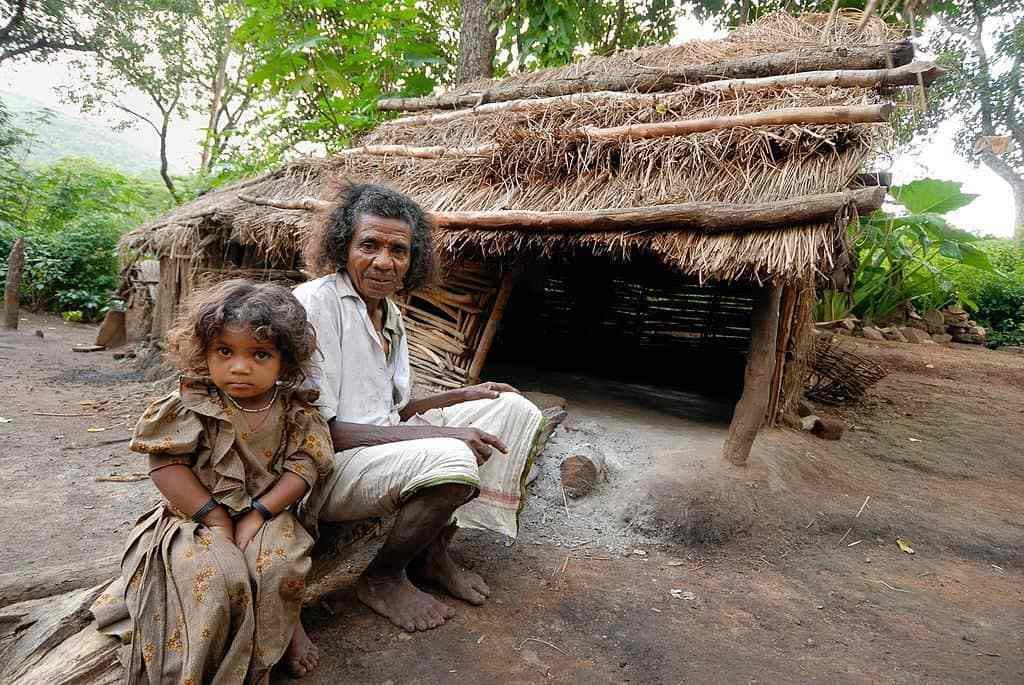Tribals in India, recognised by the constitution as the scheduled tribes have several safeguards to protect their rights and culture. However, socially, economically, and politically they continue to be some of the most marginalised communities in India. Often this is compounded by geographical isolation. Tribals living in remote terrains, often mountains, and in deep forests are further excluded from accessing any services. This compounds their poverty and negatively impacts their education and health. In fact, almost 90 percent of the tribal population lives in rural areas.
To look into this pertinent but neglected area, Ministry of Health and Family Welfare and Ministry of Tribal Development appointed an expert committee to examine tribal health.
The committee was headed by activist and doctor Abhay Bang and comprised of experts from Tata Institute of Social Sciences, Mumbai; Tribal Research Institute, New Delhi; Indian Institute of Public Health, Gandhinagar; Indian Institute of Population Sciences, Mumbai; and National Institute of Research on Tribal Health, Jabalpur etc. They identified ten “special health problems” that affect the tribal populations disproportionately. These include: malaria control, malnutrition, infant mortality, family planning, maternal health, de-addiction and health literacy.
Their report has just come out. The report states that tribal communities in India had “poorer health indicators, a greater burden of morbidity and mortality, and very limited access to health care services.” Tribal people account for almost 30 per cent of all malaria cases in the country and 50 per cent of deaths due to malaria, despite forming less than 9 per cent of the country’s population. According to a Lancet (2016) study, tribal life expectancy was 63.9 years (as opposed to 67 for the general population).
Elephants above 40-years need to pass fitness test for annual fair participation
The recent National Family Health Survey (2015-16) also points to poor tribal health. According to the NFHS, infant mortality rate amongst tribal population was 4.4 per 1000 live births, significantly higher than the national average of 34. The report points out that there were no recent estimates of maternal mortality amongst tribal women. But almost 50 per cent of adolescent girls, between 15 and 19 years of age, were underweight with a body mass index of less than 18.5. “At 70.1 per cent, the rate of institutional (child) delivery is the lowest among tribal women,” it says, while noting that this was a substantial increase from 18 per cent recorded by the third National Family Health Survey in 2005-06. Even coverage of postnatal care remains dismal with only 37% tribal women receiving any PNC within 48 hours of delivery. The absence of adequate data detailed analysis was not undertaken but it was noted that diseases like hypertension, cancer and diabetes were also widespread in tribal populations.
The poor health of tribal was linked to poverty and access as well.
The committee noted that only 10.7 per cent of the tribal population had access to tap water compared to 28.5 per cent of non-tribal groups, while three out of four tribal people (74.7 percent) continue to defecate in the open. Overall, 40.6 per cent of the ST population lived below the poverty line compared to 20.5 per cent of non-tribal population. Geographical isolation, limited access to pubic services and continual discrimination compounds these issues. Tribal communities in the north-eastern regions of the country reported higher incidences of non-communicable diseases, cancer, mental health problems, drug abuse, consumption of tobacco and alcohol, and also higher rates of HIV/AIDS and malaria.
Madhya Pradesh: Congress MLA Umang Singhar puts forward Tribal and farmer’s demand
It must be noted that tribals are diverse group of population with varied health indicators and needs. The policies and programmes to cater to them must take into account these differences and special needs. Moreover adequate infrastructure, not just in terms of hospitals and clinics, but also roads and transportation facilities for accessing these will be needed. The government’s biggest health insurance scheme – Ayushman Bharat (Pradhan Mantri Jan Arogya Yojana) automatically includes Scheduled Tribes households. However one of the main criticisms of this scheme has been that utilization of health insurance depends on the robustness of the publicly delivered health facilities. Thus if there is no well-equipped hospital close by, the tribals will not be able to make use of the scheme. A better PHC with focus on community health services needs to planned, especially when most expenses are out of pocket and not related to hospitalisation. The ultimate goal of Universal Health Care in India will need to focus on inclusiveness.
Disclaimer: The opinions expressed in this article are the personal opinions of the author. The facts and opinions appearing in the article do not reflect the views of NEWSD and NEWSD does not assume any responsibility or liability for the same.


















